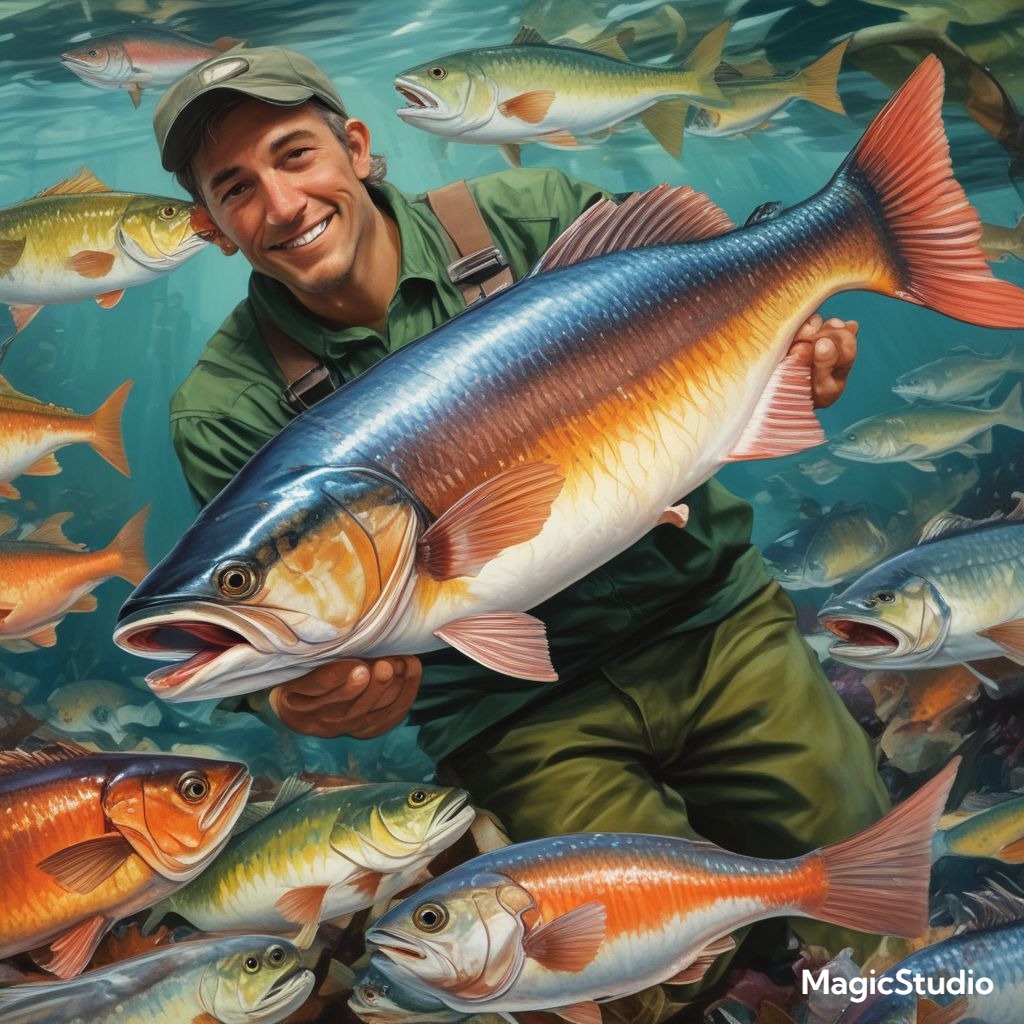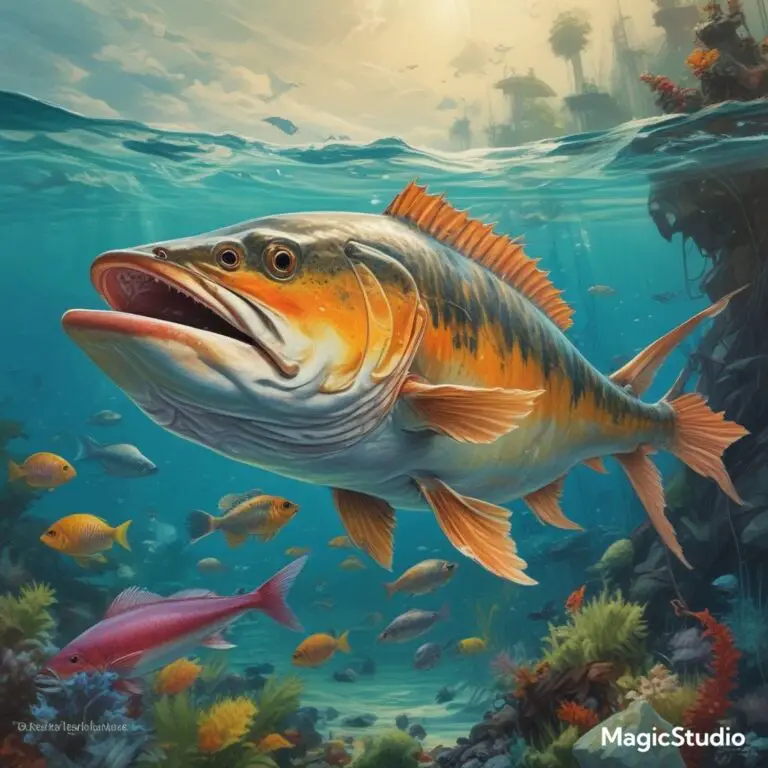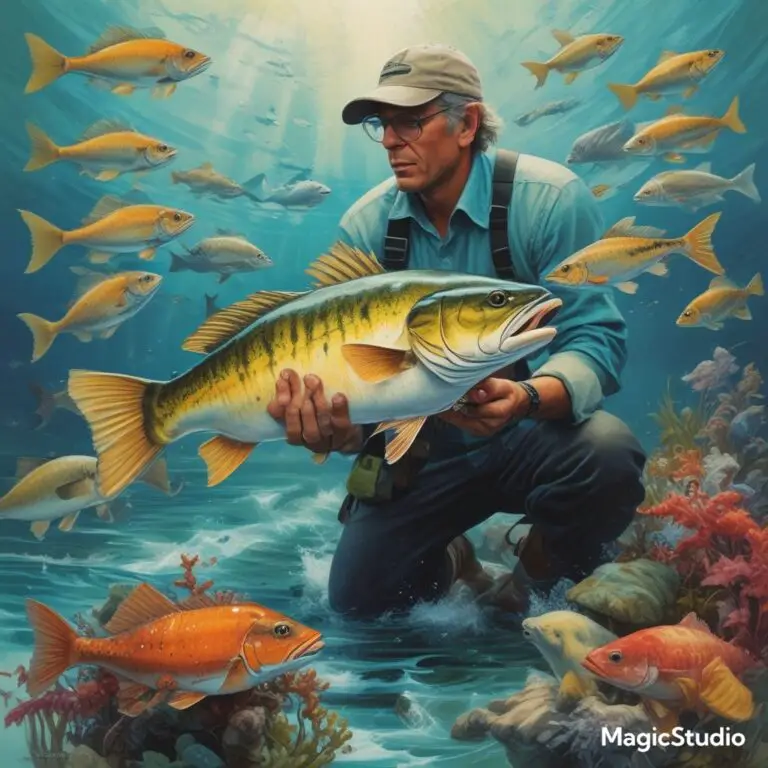Consumer’s Guide to Sustainable Fishery Products: What to Look For
Consumer’s Guide to Sustainable Fishery Products: What to Look For
In today’s eco-conscious world, making informed choices about seafood is more important than ever. Sustainable fishery products not only support healthy ocean ecosystems but also ensure that future generations can enjoy the benefits of marine resources. But how can you, as a consumer, identify truly sustainable seafood among the myriad of options available?
In this comprehensive guide, we’ll break down what you need to look for when choosing sustainable fishery products, helping you make choices that align with your environmental values and support responsible fishing practices.
Why Choose Sustainable Fishery Products?
Opting for sustainable fishery products has several key benefits:
- Protecting Marine Ecosystems: Sustainable practices help preserve vital marine habitats and reduce the impact on non-target species.
- Ensuring Fish Populations: By supporting sustainable fisheries, you help prevent overfishing and ensure that fish populations remain healthy.
- Promoting Ethical Practices: Sustainable fisheries often adhere to fair labor practices and ethical standards, contributing to the welfare of fishing communities.
What to Look For in Sustainable Fishery Products
1. Certification Labels
One of the easiest ways to identify sustainable seafood is by looking for certification labels. These labels are awarded by independent organizations that assess the sustainability of fishing and aquaculture practices. Key certifications include:
- Marine Stewardship Council (MSC): MSC-certified seafood comes from fisheries that meet high standards for sustainability. Look for the blue MSC label on packaging.
- Aquaculture Stewardship Council (ASC): ASC certification ensures that farmed seafood is produced with minimal environmental impact and respects labor rights.
- Friends of the Sea: This certification indicates that seafood is sourced from fisheries and farms that meet rigorous sustainability criteria.
2. Knowledge of Fishing Methods
Understanding the fishing methods used to catch seafood can also help you make sustainable choices. Preferred methods include:
- Pole and Line: This method is selective and minimizes bycatch, making it more environmentally friendly.
- Longlining with Circle Hooks: This technique reduces bycatch by using circle hooks that are less likely to harm non-target species.
- Trawling with Bycatch Reduction Devices: Modified trawl nets with escape panels help reduce bycatch and minimize habitat damage.
3. Source Transparency
Sustainable seafood should come from well-managed fisheries or farms with transparent practices. Look for:
- Traceability: Seafood with clear labeling that provides information about its source and supply chain helps ensure that it comes from sustainable sources.
- Fishing Region: Choose products that are sourced from regions with strong fisheries management and conservation measures.
4. Seasonal and Local Options
Buying seafood that is in season and locally sourced can support sustainability in several ways:
- Seasonal Seafood: Opting for fish that are in season helps prevent overfishing of vulnerable species and supports local economies.
- Local Sourcing: Purchasing seafood from local fisheries reduces the carbon footprint associated with transportation and supports community-based fisheries.
5. Environmental and Ethical Considerations
In addition to sustainability, consider the broader environmental and ethical implications of your seafood choices:
- Ecosystem Impact: Choose products that minimize damage to marine habitats and support the health of marine ecosystems.
- Labor Practices: Ensure that seafood is sourced from operations that adhere to fair labor practices and provide safe working conditions.
How to Make Informed Choices
To make sustainable seafood choices, consider the following steps:
- Research: Familiarize yourself with sustainability certifications and fishing methods to make informed decisions.
- Ask Questions: Don’t hesitate to ask retailers or restaurants about the sourcing and sustainability of their seafood.
- Use Resources: Utilize tools and guides, such as the Consumer’s Guide to Sustainable Fishery Products: What to Look For, to find reliable information on sustainable seafood options.
By making thoughtful choices and supporting sustainable fishery products, you contribute to the health of our oceans and promote responsible fishing practices. Your actions can make a significant difference in preserving marine ecosystems and ensuring the availability of seafood for future generations.





